A new fine arts fair in Paris challenges the declining market
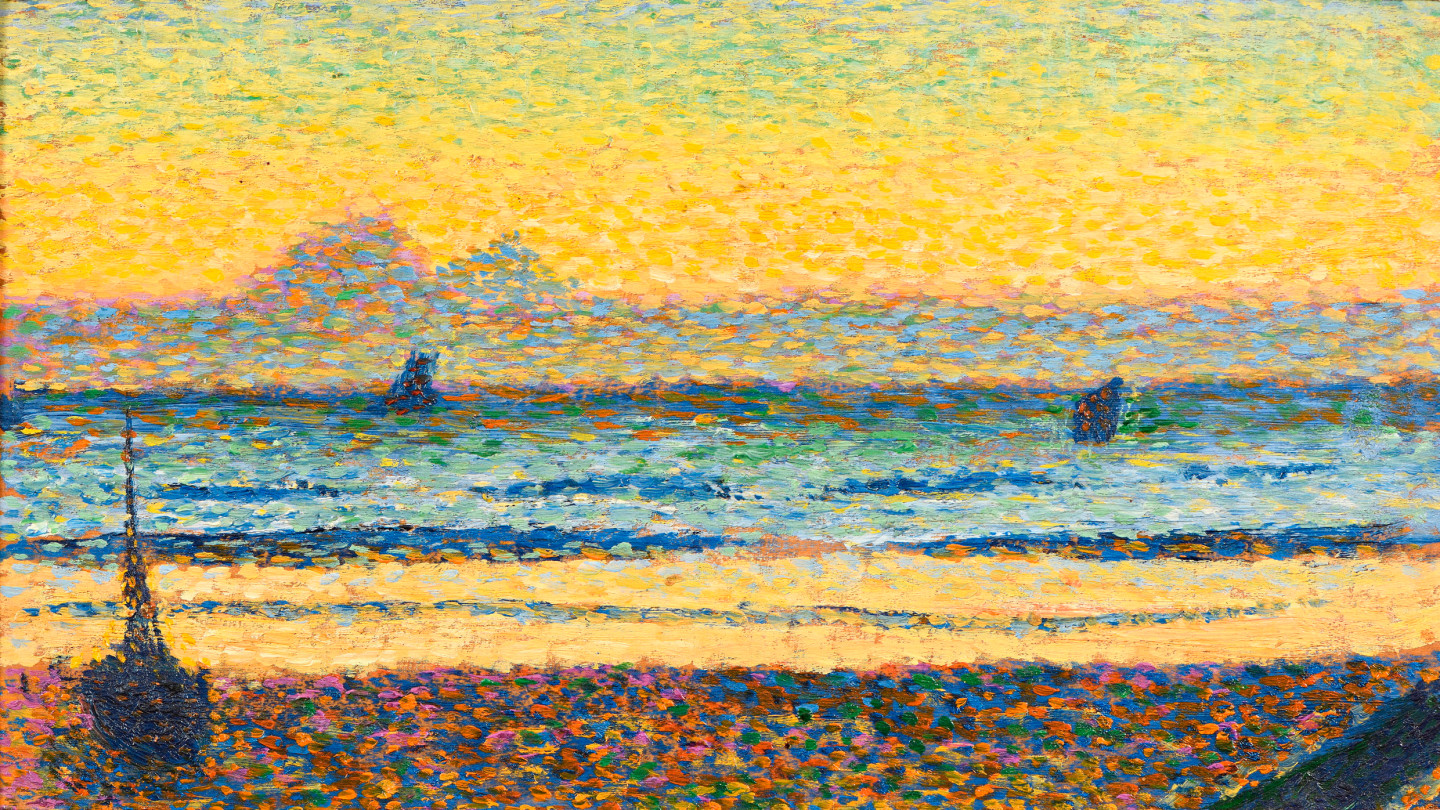
Roula Khalaf, Editor of the FT, selects her favourite stories in this weekly newsletter.
Visiting the Parisian gallery of De Bayser is like stepping back in time. It is set back from the street, around a quiet courtyard. A glazed door decorated with curlicue ironwork does proclaim “De Bayser” but I can’t find a bell . . . so I knock, and almost immediately a charming woman opens. Inside, Old Master drawings and more modern ones are hung around the room, and in an adjoining room I glimpse rows upon rows of books — the gallery’s library. The parquet floor is creaky; today’s world seems far away.
“I think we are one of the very few galleries who still specialise exclusively in drawings and works on paper,” says Louis de Bayser, the third generation to work in the business, which was founded in 1936. Casually dressed in jeans and an open-neck shirt, about to celebrate his 50th birthday, de Bayser comes across as thoroughly modern, despite the traditional feel of the gallery.
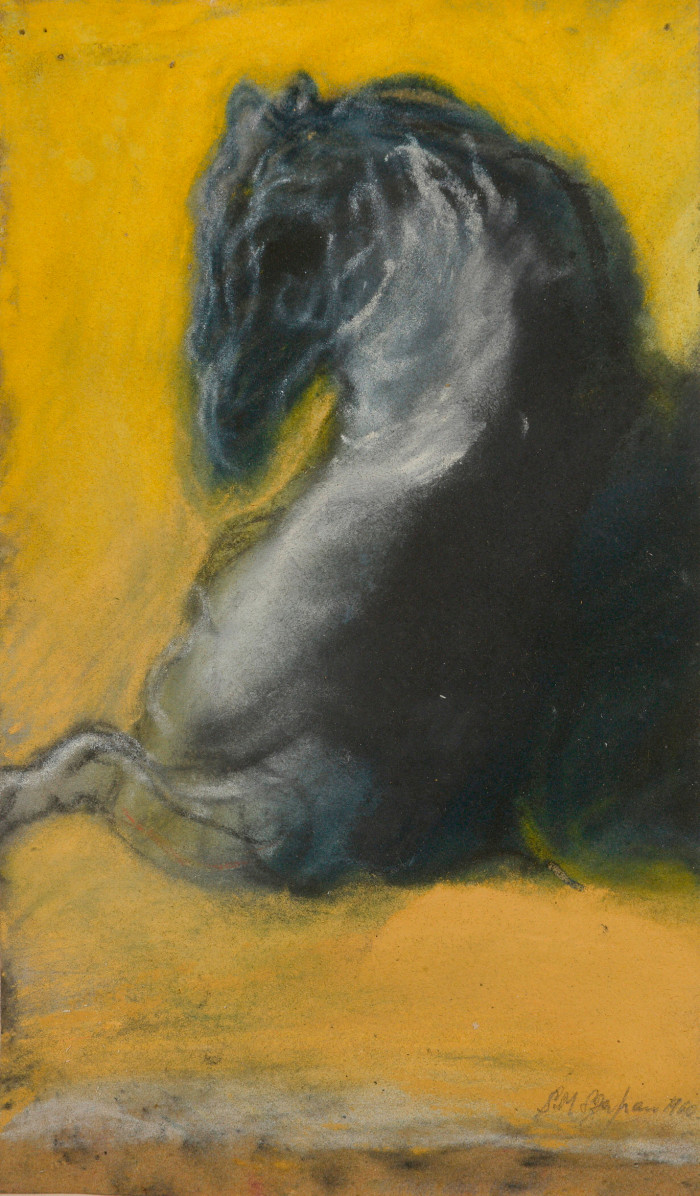
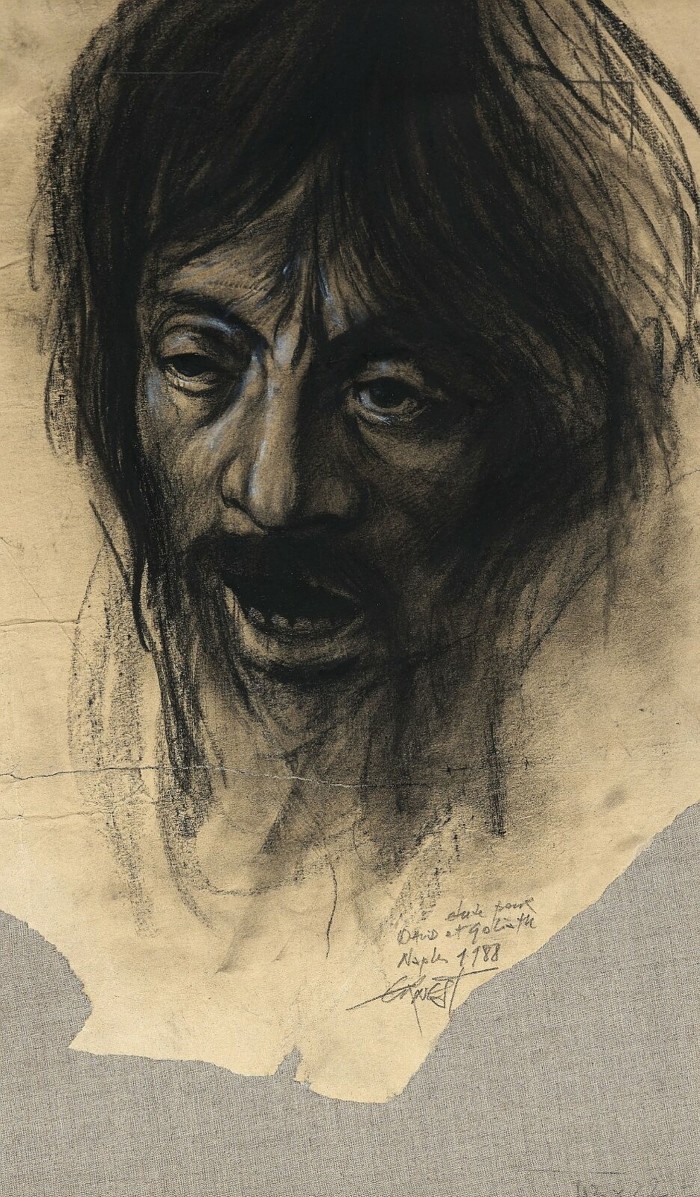
“It’s important for us to concentrate on our traditional business but we remain open to the world, and we also deal in 20th-century artists such as Matisse, or contemporary ones such as Sam Szafran or Ernest Pignon-Ernest,” he says.
“My great-grandfather was ruined in the 1930s crisis,” he says, “but he did have a collection of 18th-century French drawings. He asked his son — my grandfather — to sell them, and that is how the gallery started.” One of 11 children, De Bayser didn’t initially think of joining the family firm and went to business school. However, after two years teaching in a school in Laos he changed his mind, and along with three of his brothers now runs the gallery.
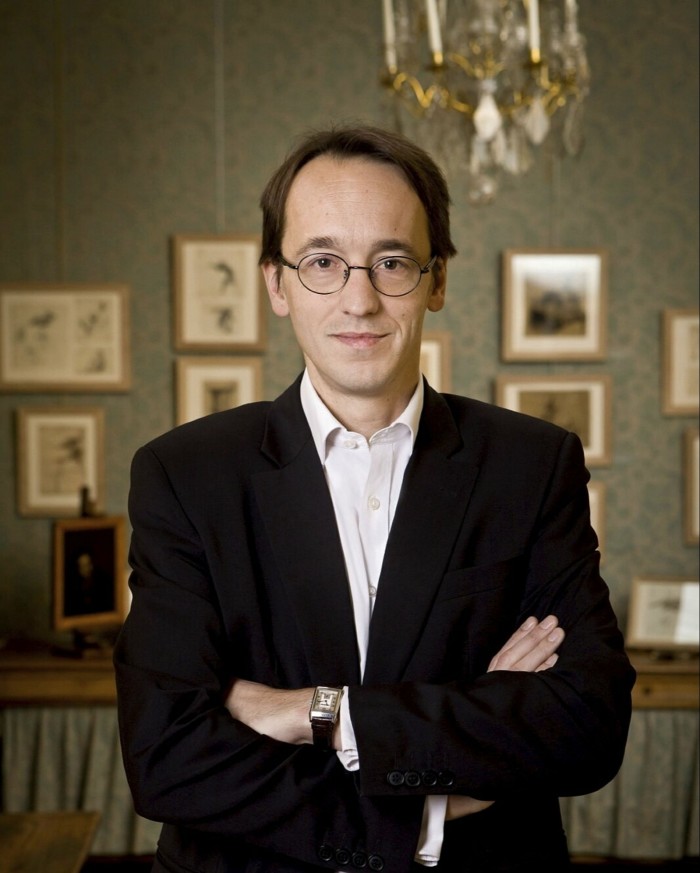
Already founder and president of the well-established drawings fair Salon du Dessin, de Bayser has taken on a new challenge: launching a traditional arts fair, the clunkily titled Fine Arts Paris & La Biennale. It is a combination of the five-year-old Fine Arts Paris merged with what was the Biennale des Antiquaires. That once-prestigious biennale went through years of scandal and confusion before being finally killed off, but has been revived in this new form, with some of its former exhibitors back on board.
Fine Arts Paris & La Biennale will feature 86 galleries, ranging from a few antiques dealers such as Perrin or Kent Antiques to western and Asian sculpture, paintings, drawings and manuscripts. This year it will be held in the Carrousel du Louvre, but next year it will go into the temporary Grand Palais Ephémère and then, in 2024, back into the Grand Palais itself when that huge space reopens.
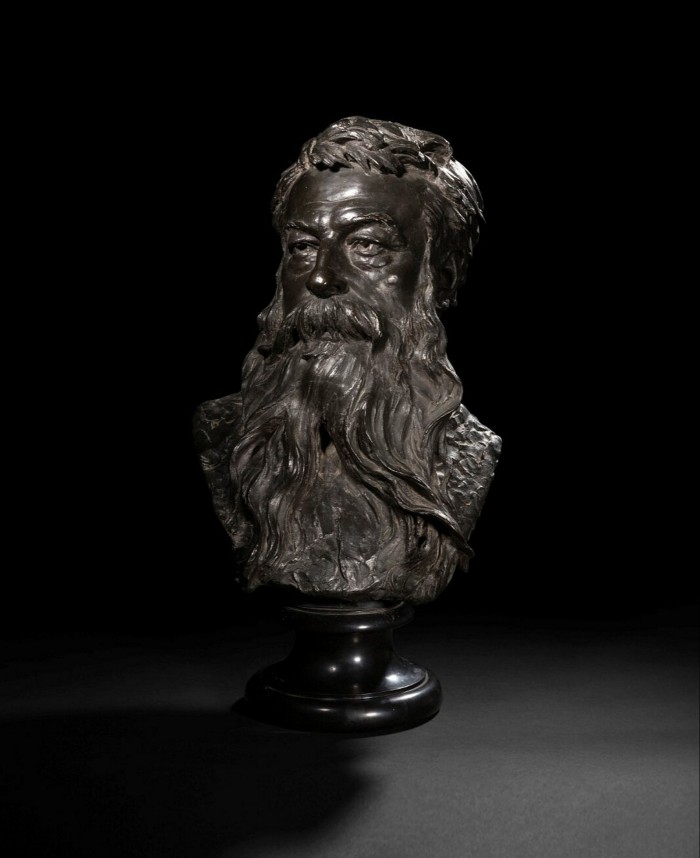
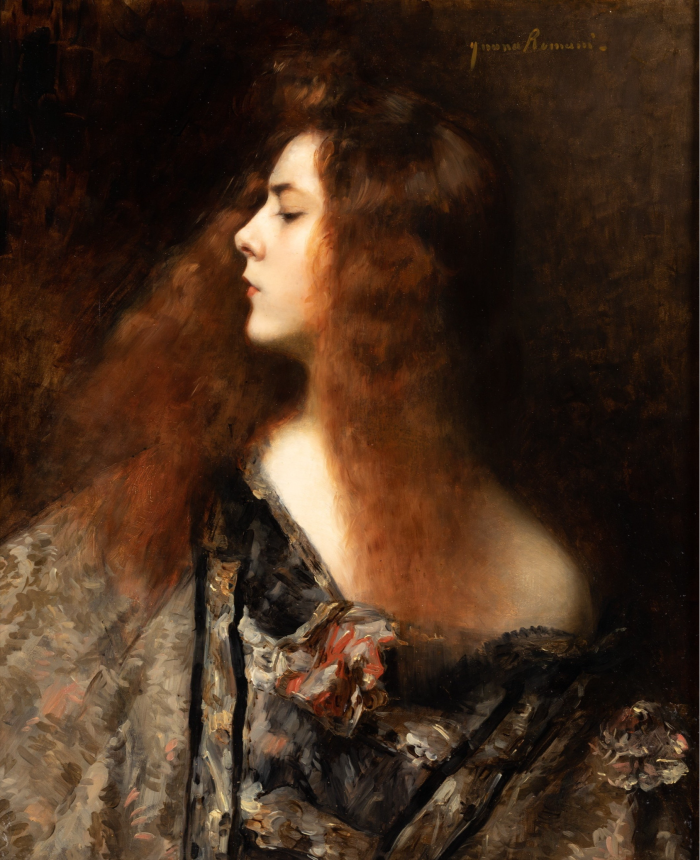
Interestingly, the luxury goods company LVMH owns it and the Salon du Dessin, having taken a majority share in the holding company this year. “LVMH helped us during pandemic when we were not able to hold in-person events. We lost a lot of money, and we are grateful for their support,” says de Bayser.
De Bayser is confident that the new fair can bring a prestigious traditional event back to Paris, and the idea is basically to recreate the Biennale, with its wide selection of objects. A selection committee will vet the offerings, but there will be no specific span of dates.
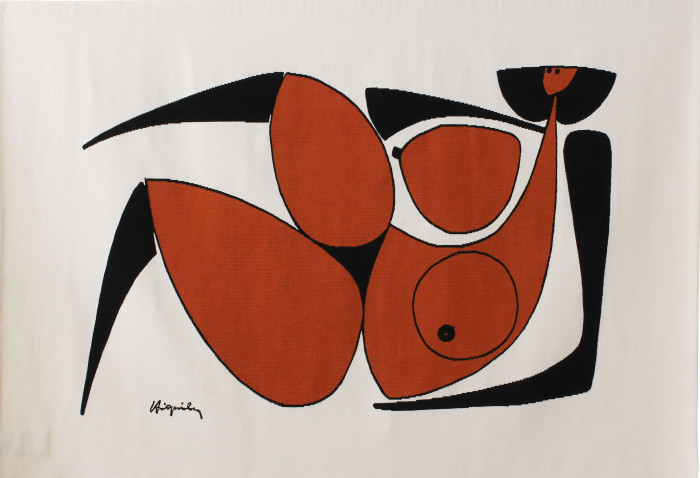
In its heyday in the 1990s, the Biennale featured dozens of antique dealers, but today antique furniture is totally out of fashion. Many traditionally minded fairs have disappeared, such as the Tefaf autumn foray to New York, although London’s Masterpiece and Frieze Masters are holding their own. “It [traditional arts] is a smaller market than contemporary art, but the number of collectors has grown,” says de Bayser, “particularly for items which are rare, of tip-top quality and with excellent provenance.”
And how has the market for works on paper held up? “The profile of collectors has changed,” says de Bayser, “as well as tastes. It used to be quite an academic market, buyers were often art historians who were interested in preparatory drawings for paintings. They might have been quite difficult to read, and they were often not framed but kept in dossiers.
“But then the market broadened and internationalised after the late 1970s . . . The combination of fantastic drawings coming on the market, the arrival of buyers such as George Goldner of the Getty Museum, Ian Woodner, Armand Hammer and others really changed everything. Today’s taste is for drawings which are finished works of art in their own right, which have very graphic and visual impact, with ‘wall power’.”
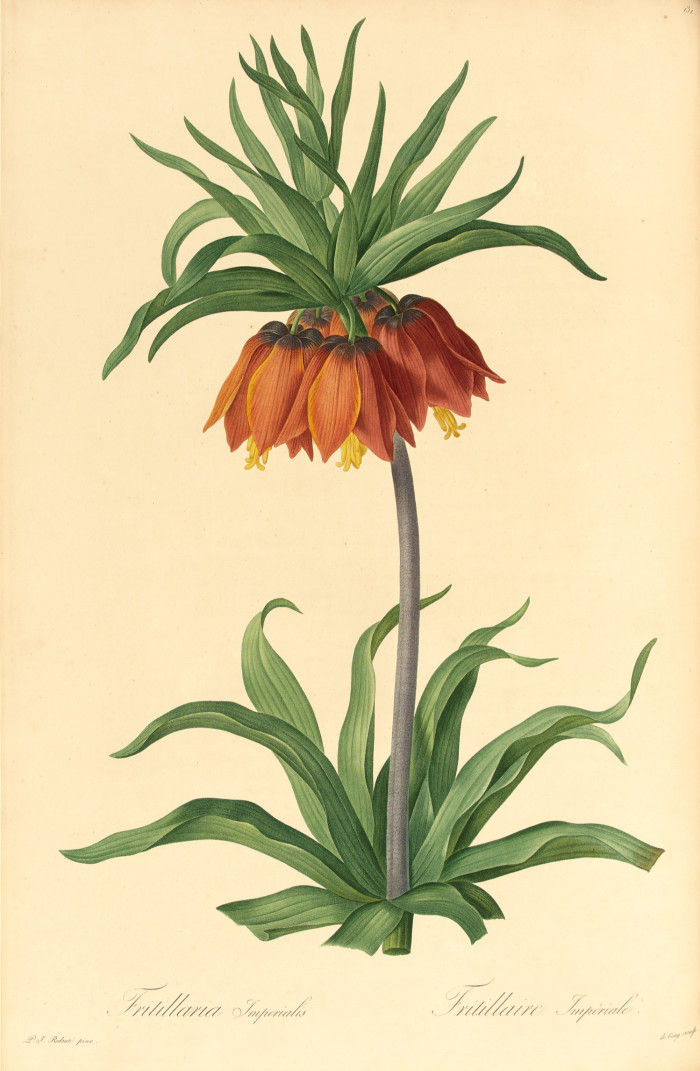
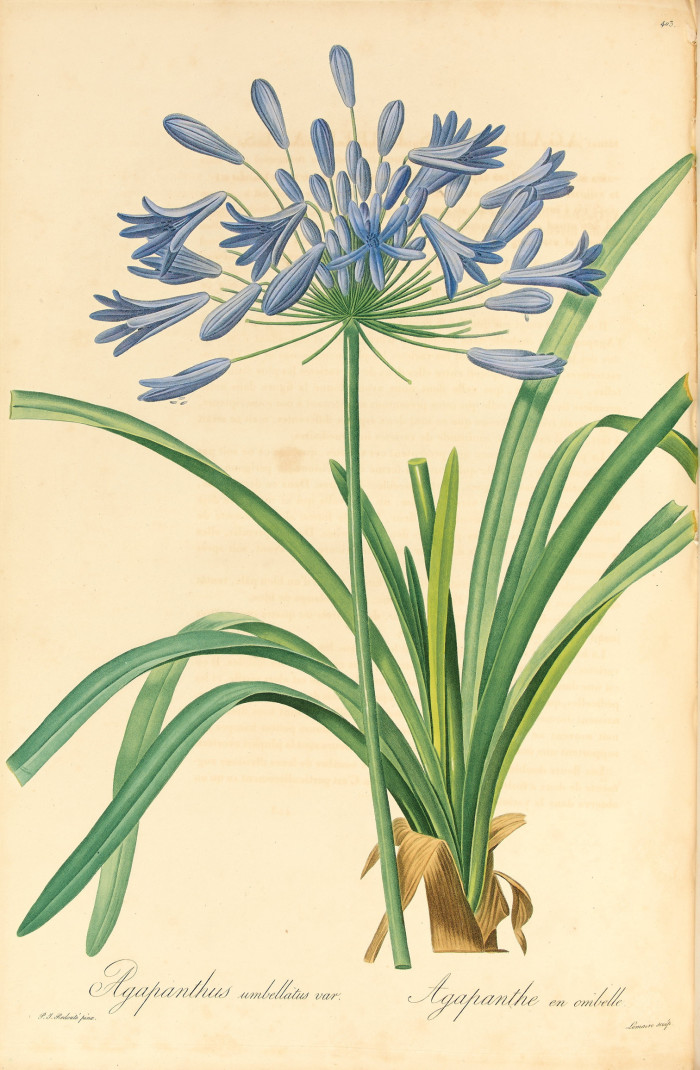
He credits the highly successful Salon du Dessin, which each year brings together collectors, museums, auction houses and galleries, for broadening the market for works on paper as well. “We want to emulate that success with Fine Arts Paris & La Biennale,” he says. I query the name, and he admits, “We are reflecting on that, I think we will rename it, but it’s not easy to find the right one.”
The buzz of the moment is whether Paris is gradually taking over from London in the art world. De Bayser says: “I have the impression this is happening: there is such a concentration of good specialists, restorers, framers of dealers in so many collecting fields here, and France has a great number of collectors in the fine art field.” He has high hopes for Fine Arts Paris & La Biennale contributing to this shift, even if he is still searching for a new name for it.
November 9-13, fineartsparislabiennale.com
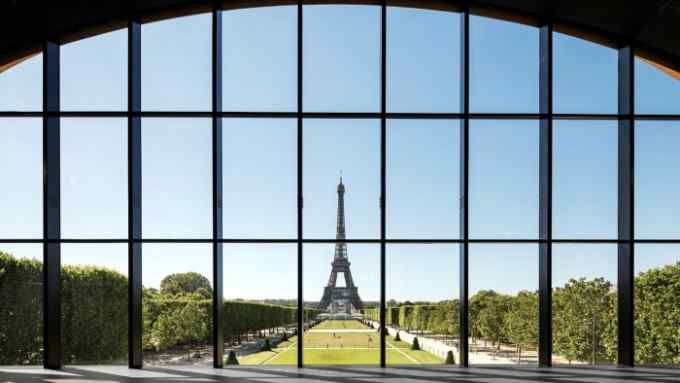
Comments